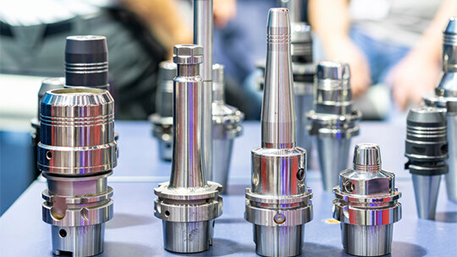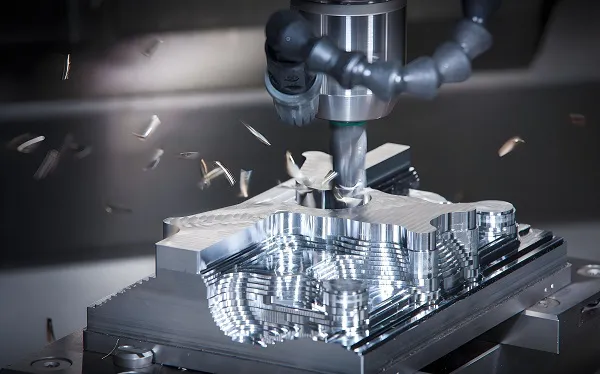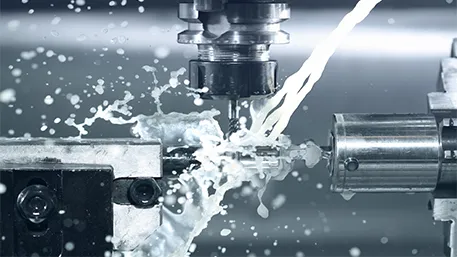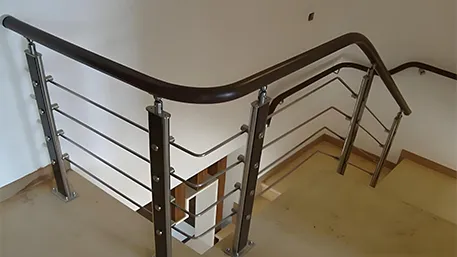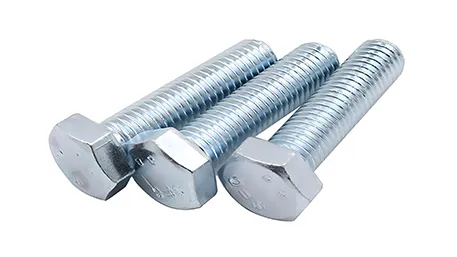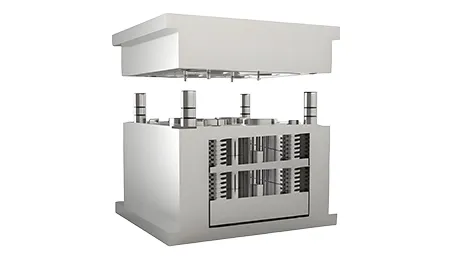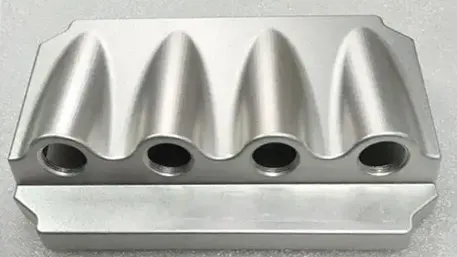Q: What does part machining entail?
A: Part machining refers to the process of transforming raw materials (such as metals, plastics, etc.) into parts that meet design requirements, with specific shapes, sizes, and properties through a series of manufacturing operations.
Q: What are the basic steps in the process of machining parts?
A: The basic steps in machining parts typically include the following:
-
Drawing Design and Analysis
Q: What role does drawing design and analysis play in part machining?
A: Drawing design and analysis are the first steps in part machining, determining the shape, size, tolerances, materials, and manufacturing processes of the parts. Designers draw detailed part drawings based on product functional requirements and annotate critical dimensions and tolerance requirements. Simultaneously, they conduct a process analysis to determine the best manufacturing methods and processes.
-
Raw Material Preparation
Q: How does the selection of raw materials affect part machining?
A: The choice of raw materials directly impacts the performance, quality, and cost of the parts. Based on the drawing requirements, select appropriate raw materials such as steel, aluminum, copper, plastics, etc. The raw materials undergo preprocessing such as cutting and grinding to ensure their dimensions and shapes meet machining requirements.
-
Process Planning and Programming
Q: What role do process planning and programming play in part machining?
A: Process planning and programming are the core aspects of part machining. Based on the drawings and raw materials, develop a detailed manufacturing process route, including cutting parameters, tool selection, fixture design, etc. Additionally, use Computer-Aided Manufacturing (CAM) software to convert the manufacturing process into programmable instructions recognizable by Computer Numerical Control (CNC) machines for automated machining.
-
Part Machining
Q: What equipment and technologies are primarily used in the part machining process?
A: During part machining, primarily use CNC machines, machining centers, lathes, milling machines, grinding machines, and other equipment. These machines, with precise CNC systems, perform automated machining according to programmed instructions, such as cutting, drilling, milling, grinding, etc. Special processing techniques like electrical discharge machining and laser cutting can also be utilized to handle complex shapes and precision requirements difficult to achieve through traditional machining methods.
-
Quality Inspection and Evaluation
Q: How important is quality inspection and evaluation in part machining?
A: Quality inspection and evaluation are crucial steps in ensuring part quality. Measure and evaluate key indicators such as part dimensions, shapes, surface roughness, and hardness using tools like coordinate measuring machines, vernier calipers, and microscopes. If quality issues are found, promptly take remedial measures to ensure the parts meet design requirements.
-
Post-Processing and Packaging
Q: What does post-processing and packaging entail?
A: Post-processing and packaging are the final stages of part machining. Based on the part’s usage requirements, perform post-processing tasks such as deburring, cleaning, rust prevention, and heat treatment to enhance the part’s performance and lifespan. Additionally, properly package and label the parts for transportation and storage.
Q: What are the key factors to consider during the part machining process?
A: During the part machining process, attention should be paid to the following key factors:
- Precision and Tolerances: Ensure the part’s dimensions, shapes, and positional accuracy meet design requirements, with tolerances controlled within a reasonable range.
- Surface Quality: Control the part’s surface roughness, waviness, etc., to enhance the part’s aesthetics and lifespan.
- Material Utilization: Plan the manufacturing process reasonably to reduce raw material waste and lower production costs.
- Safety: Strictly adhere to safety operating procedures to ensure the safety of equipment and operators.
Conclusion:
The process of machining parts is a complex and precise systematic engineering involving drawing design and analysis, raw material preparation, process planning and programming, part machining, quality inspection and evaluation, and post-processing and packaging. Through rigorous process flows and quality control, high-quality parts that meet design requirements can be produced, providing strong support for the manufacturing of various machinery and products.

